In wastewater treatment, proper chemical dosing is essential for efficient sludge dewatering and flocculation. A PAM dosing system for wastewater treatment ensures accurate delivery of polyacrylamide (PAM), optimizing treatment performance while reducing operational costs.
Integrated Powder Polymerization Preparation Unit Variable Frequency Dosing Device QXYTH-2000L
What Is a PAM Dosing System?
A PAM dosing system is an automated or semi-automated setup that precisely injects polyacrylamide (PAM) into wastewater streams. PAM acts as a flocculant, helping particles clump together for easier separation in sedimentation or filtration processes.
Key Components of a PAM Dosing System:
PAM Preparation Unit – Mixes dry or liquid PAM with water to form a solution.
Dosing Pump – Delivers the PAM solution at a controlled rate.
Control Panel – Adjusts dosing based on flow rate and water quality.
Mixing & Activation Tank – Ensures proper polymer activation before injection.
How Does a PAM Dosing System Improve Wastewater Treatment?
Enhances Sludge Dewatering – PAM increases sludge solid content, reducing disposal costs.
Improves Clarification – Helps suspended solids settle faster in sedimentation tanks.
Reduces Chemical Waste – Precise dosing prevents overuse of PAM, saving costs.
Automates Treatment – Modern systems adjust dosing in real time based on sensor feedback.
Comparison of PAM Dosing System Types
| System Type | Accuracy | Best For | Maintenance Needs | Energy Efficiency |
|---|---|---|---|---|
| Manual Dosing | Low | Small plants | High (frequent checks) | Low |
| Semi-Automatic | Medium | Medium plants | Moderate | Medium |
| Fully Automatic | High | Large plants | Low | High |
| PLC-Controlled | Very High | Industrial facilities | Very Low | Very High |
Note: Fully automated systems reduce human error and improve efficiency but have higher upfront costs.
Key Factors When Choosing a PAM Dosing System
Wastewater Flow Rate – Higher flow rates require more robust dosing pumps.
PAM Form (Dry/Liquid) – Dry PAM needs dissolving units, while liquid PAM is easier to handle.
Automation Level – Automated systems suit large plants; manual/semi-auto work for smaller operations.
Chemical Compatibility – Ensure materials (pumps, pipes) resist PAM corrosion.
Budget & ROI – Higher automation saves labor costs long-term but costs more initially.
Common Issues & Troubleshooting
Clogging in Dosing Lines – Caused by improper PAM mixing; use pre-filtration.
Overdosing/Underdosing – Calibrate pumps regularly and check sensors.
Poor Flocculation – May indicate wrong PAM type (anionic/cationic) or incorrect dilution.

 ENG
ENG
 English
English русский
русский Español
Español Tiếng Việt
Tiếng Việt ไทย
ไทย
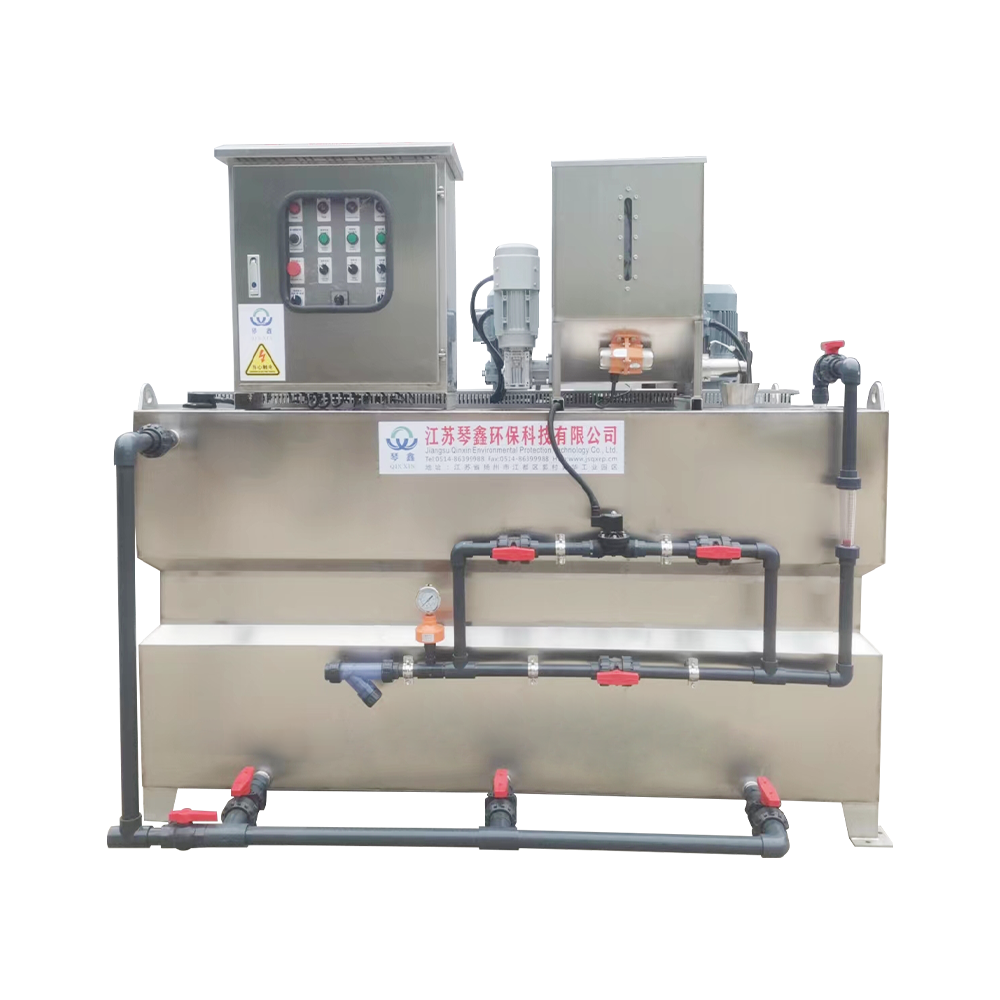
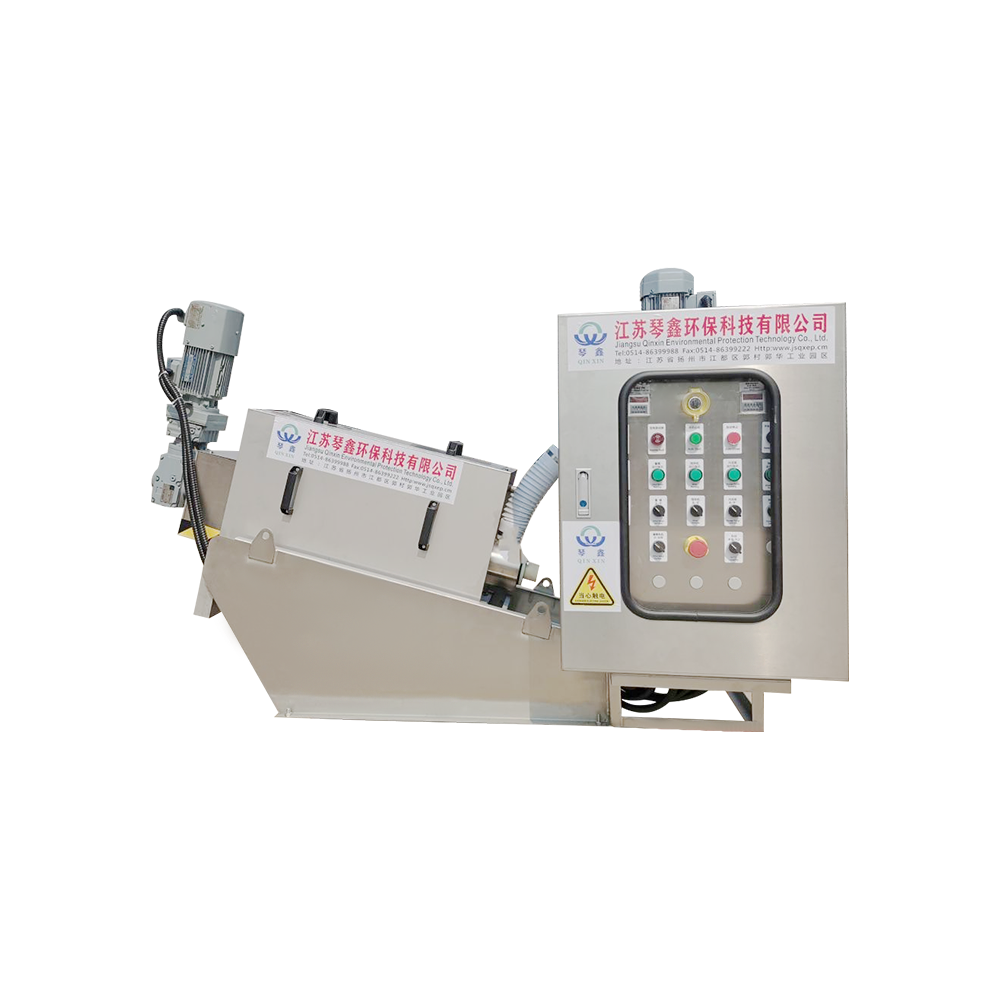
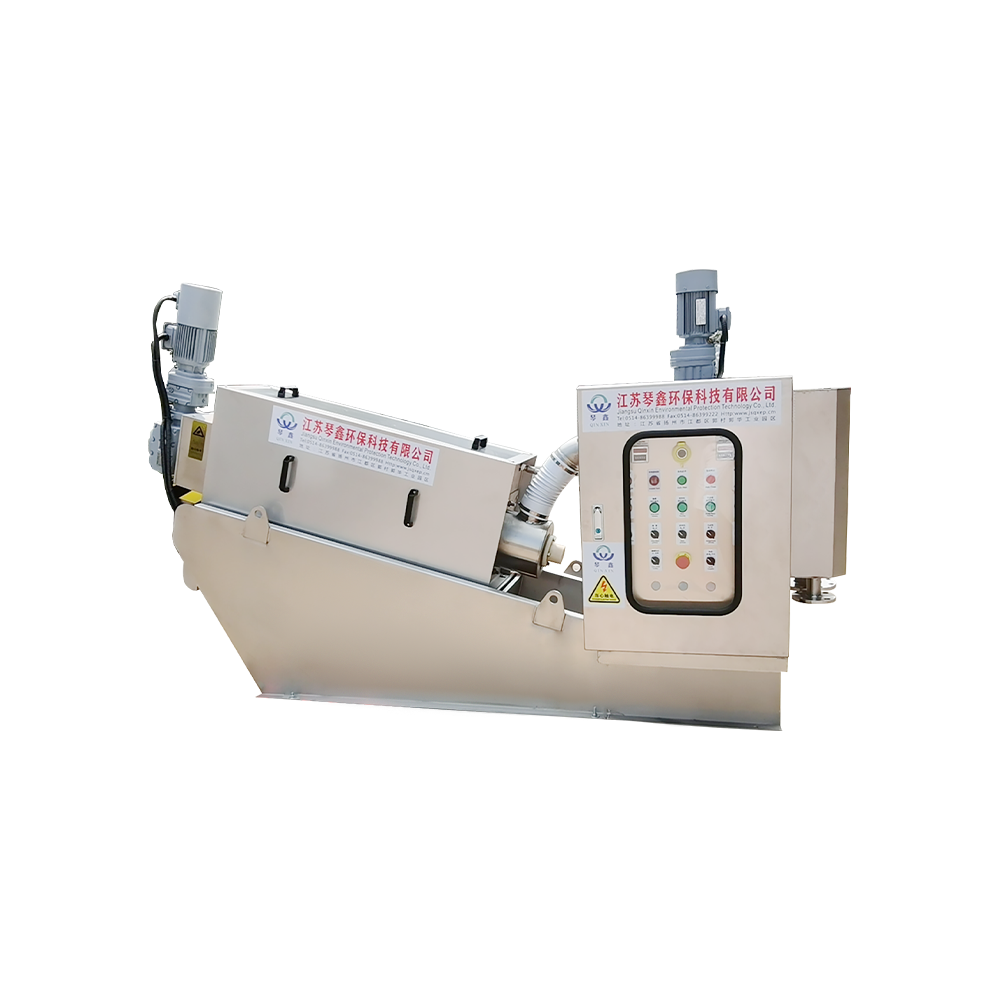
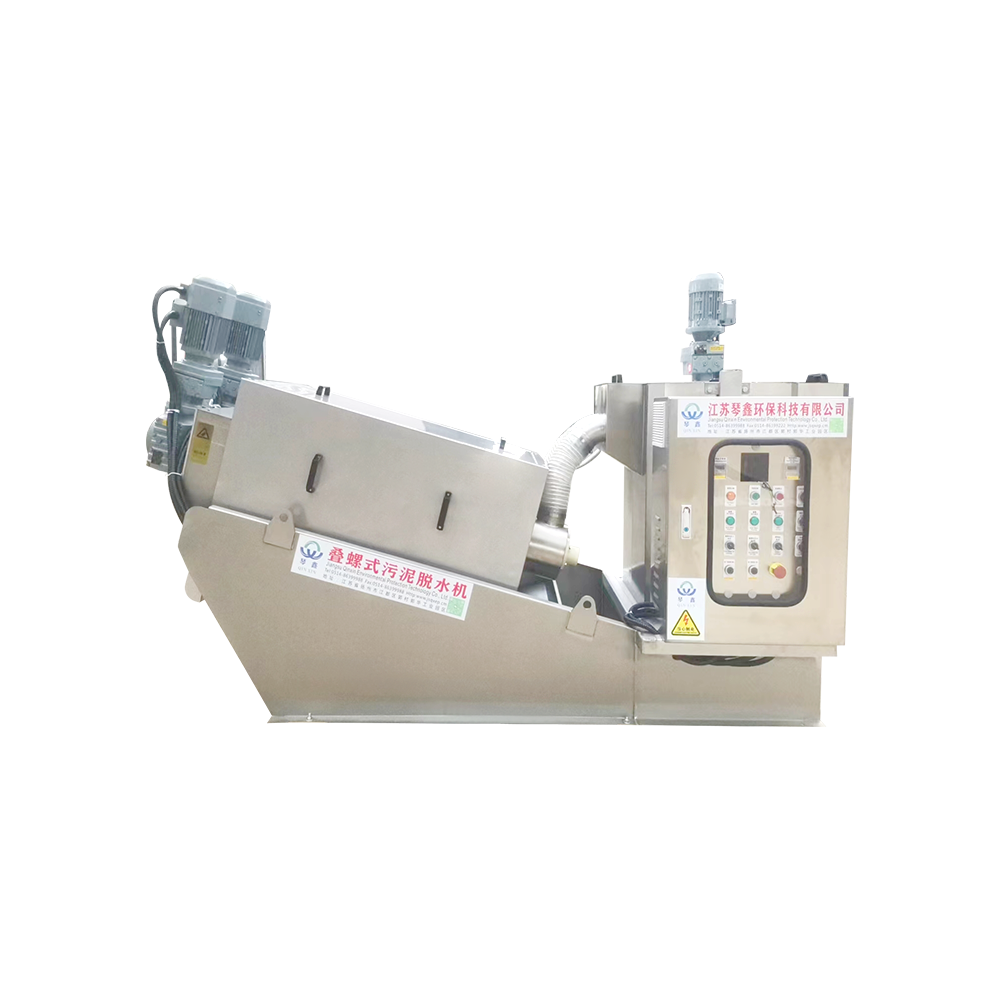
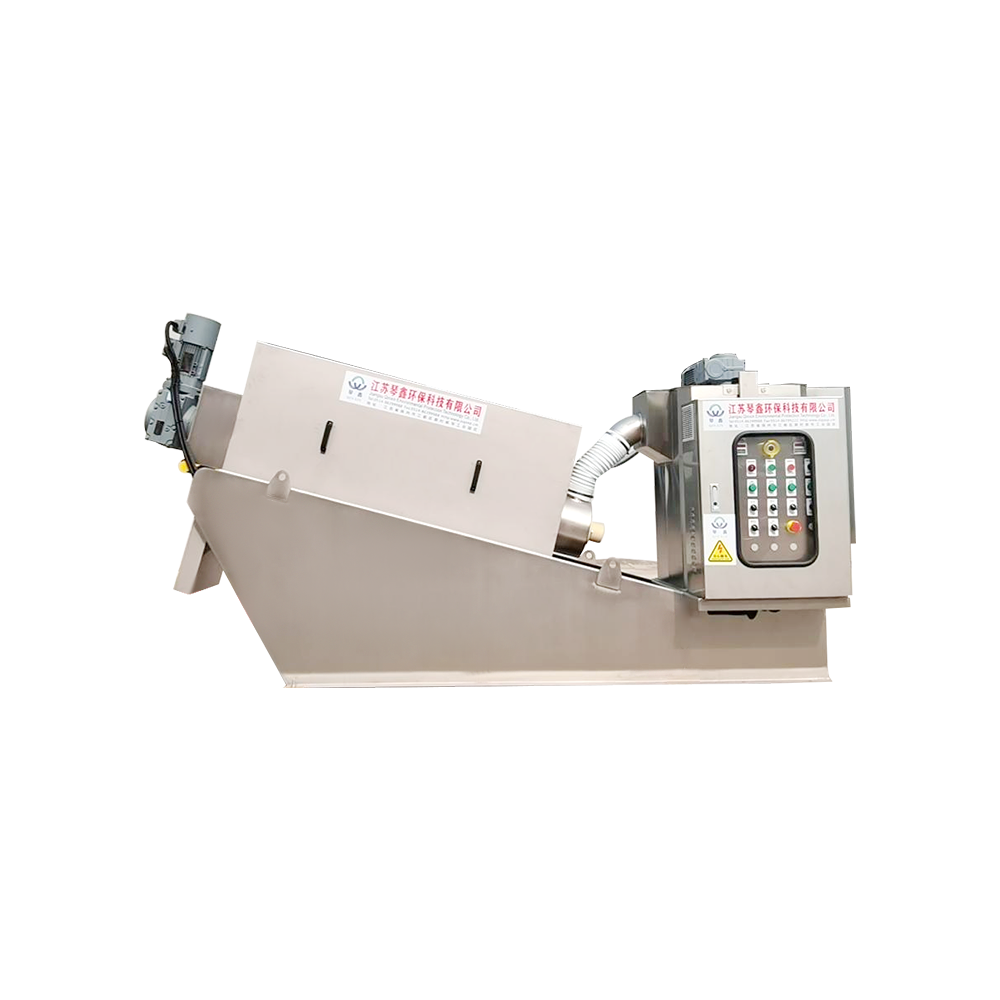
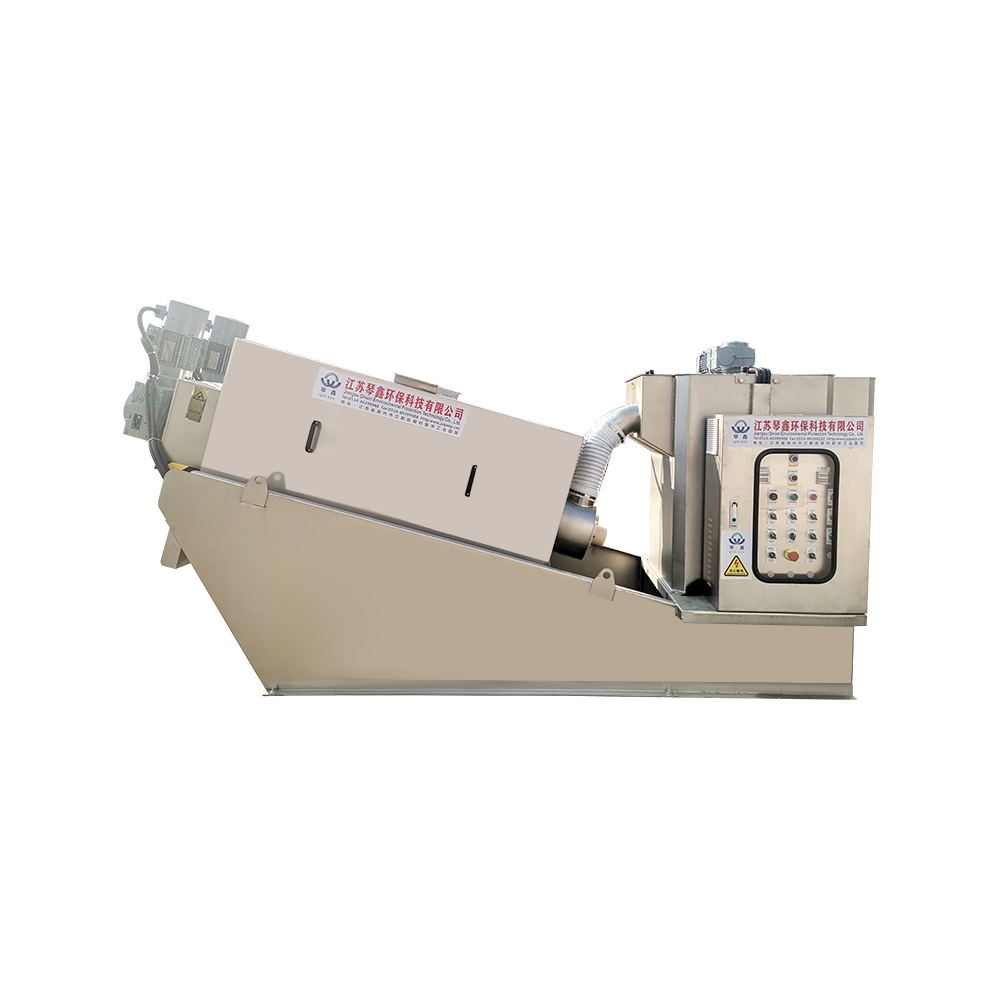
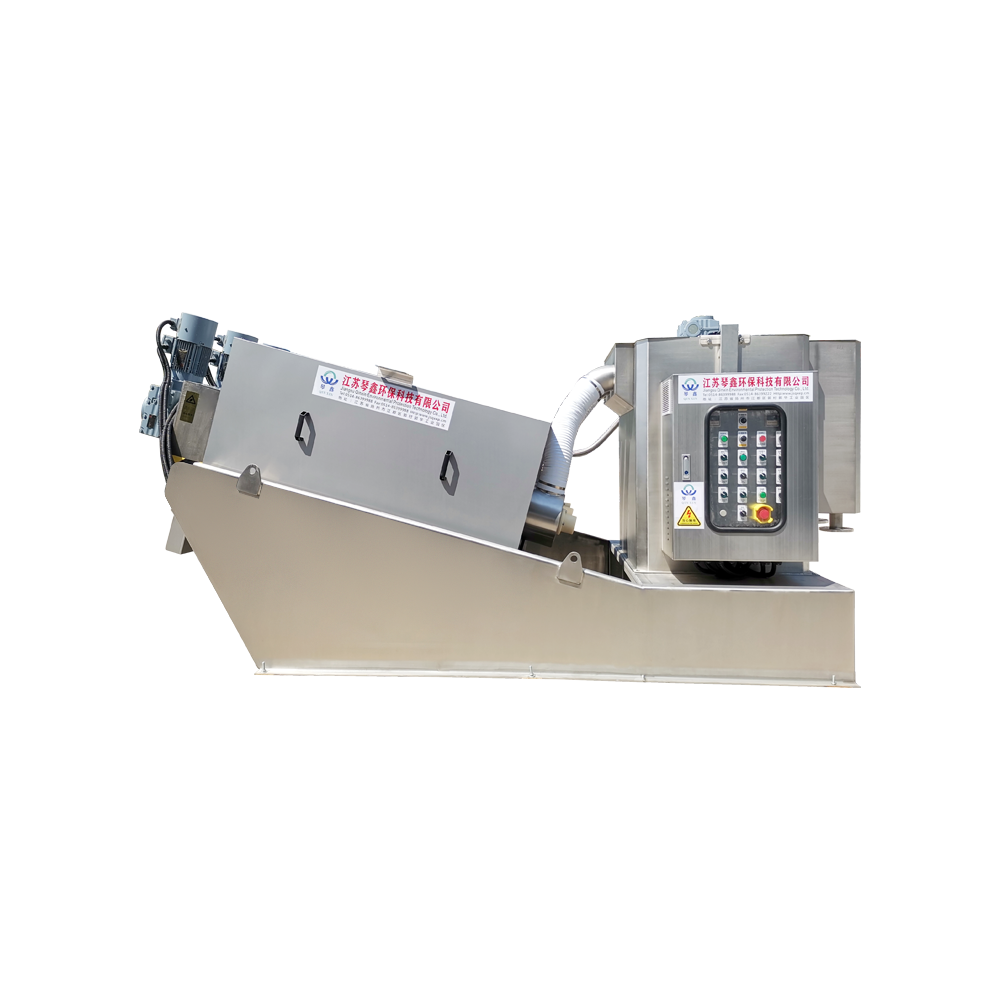
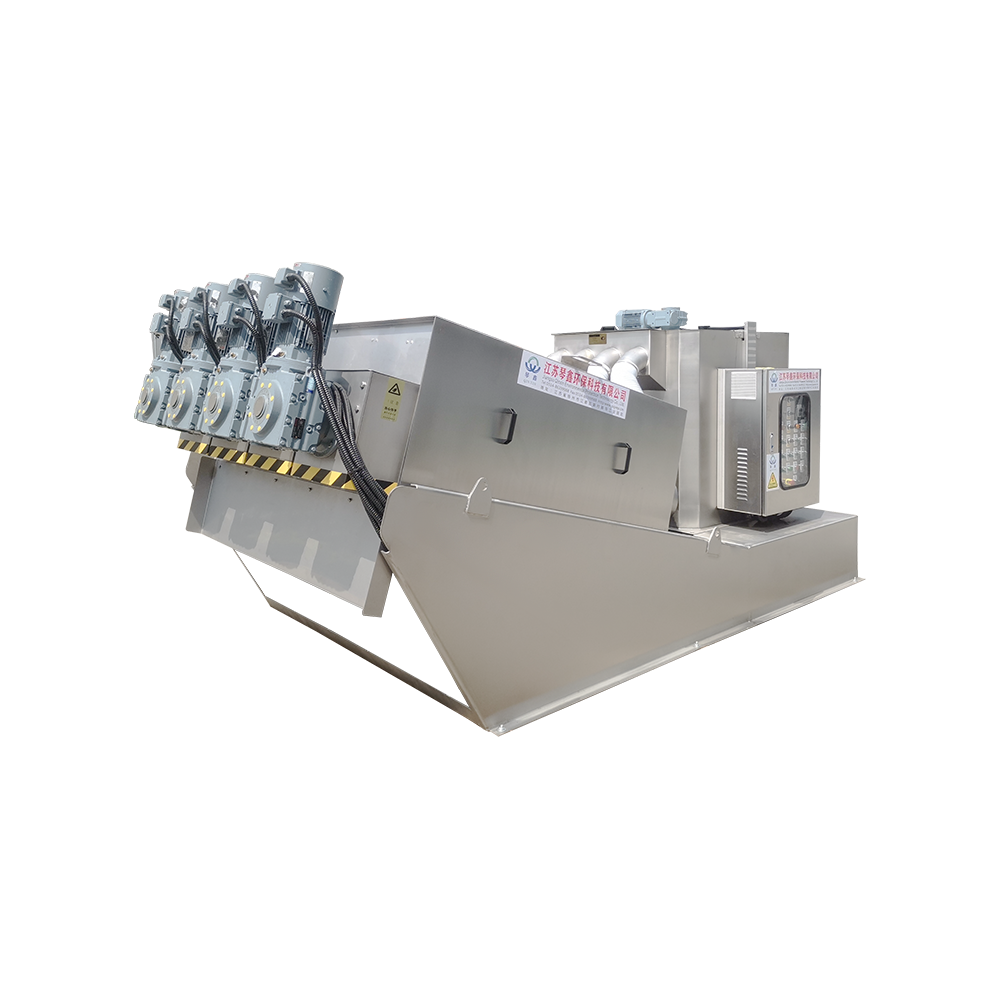
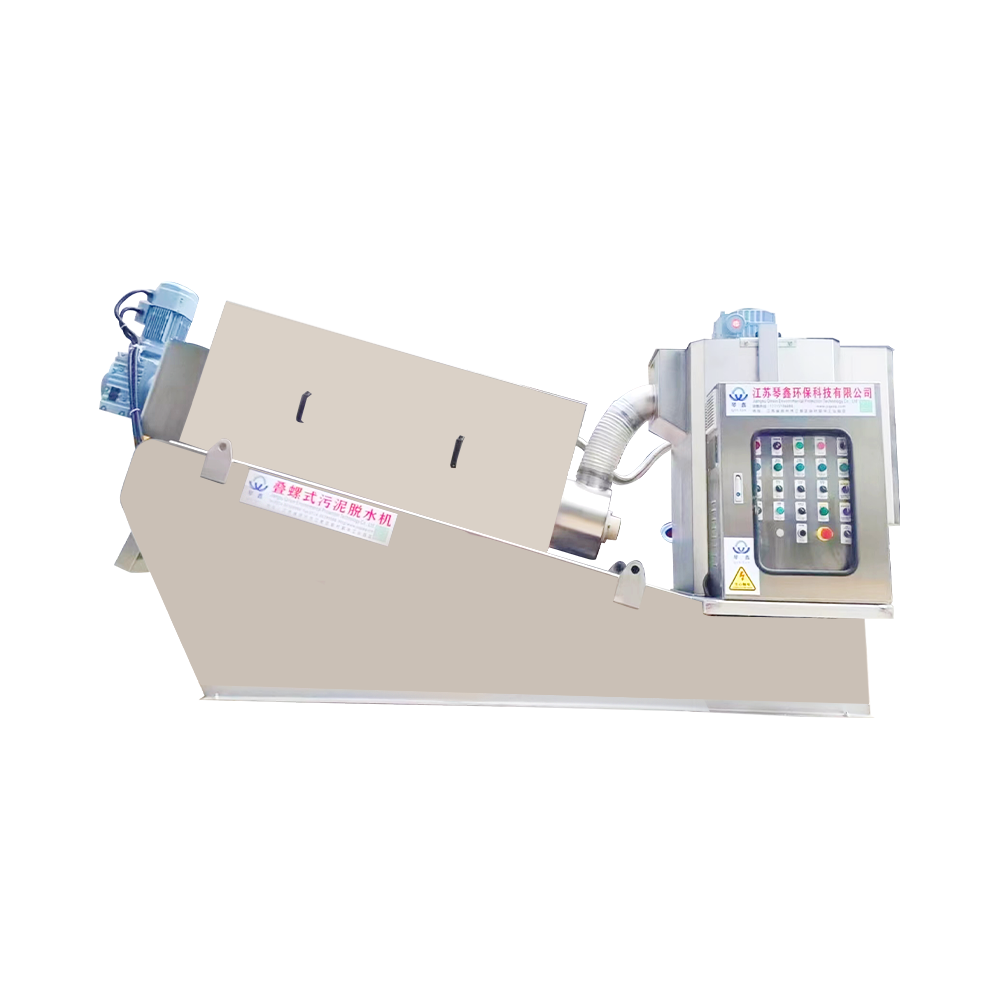
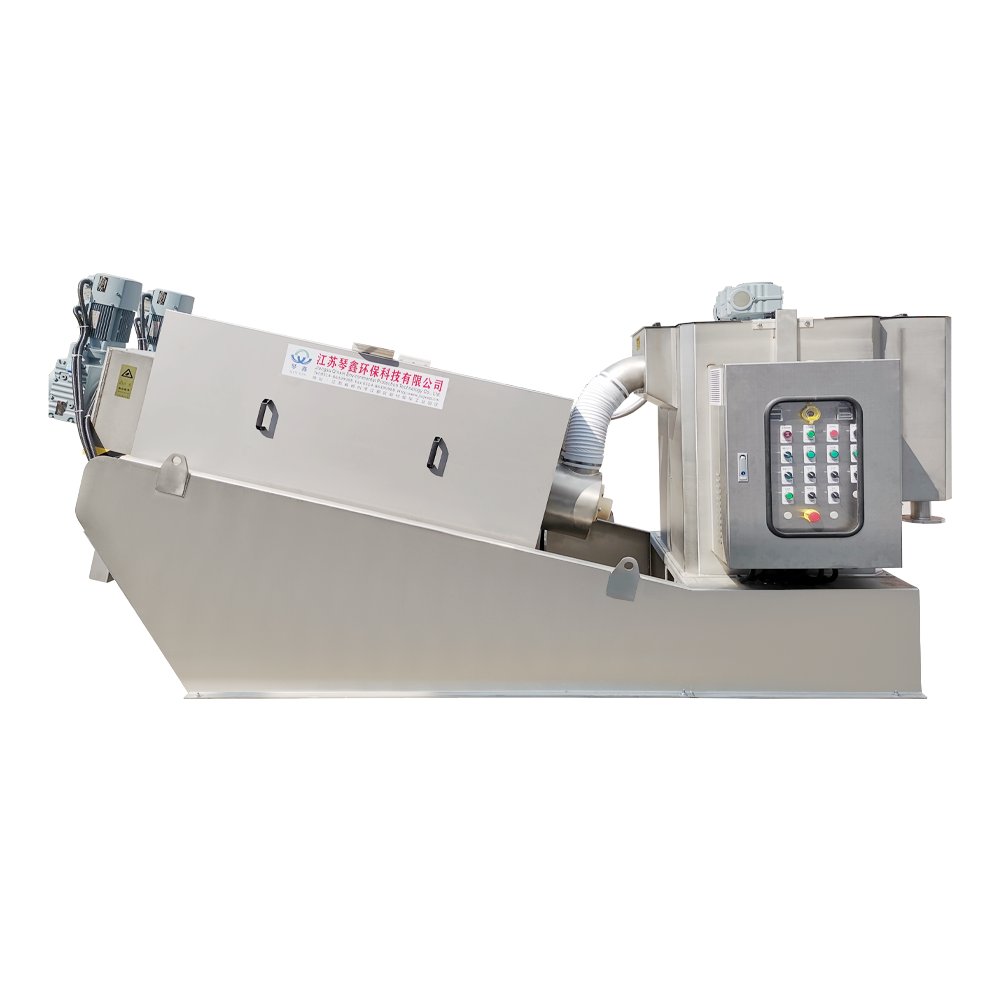
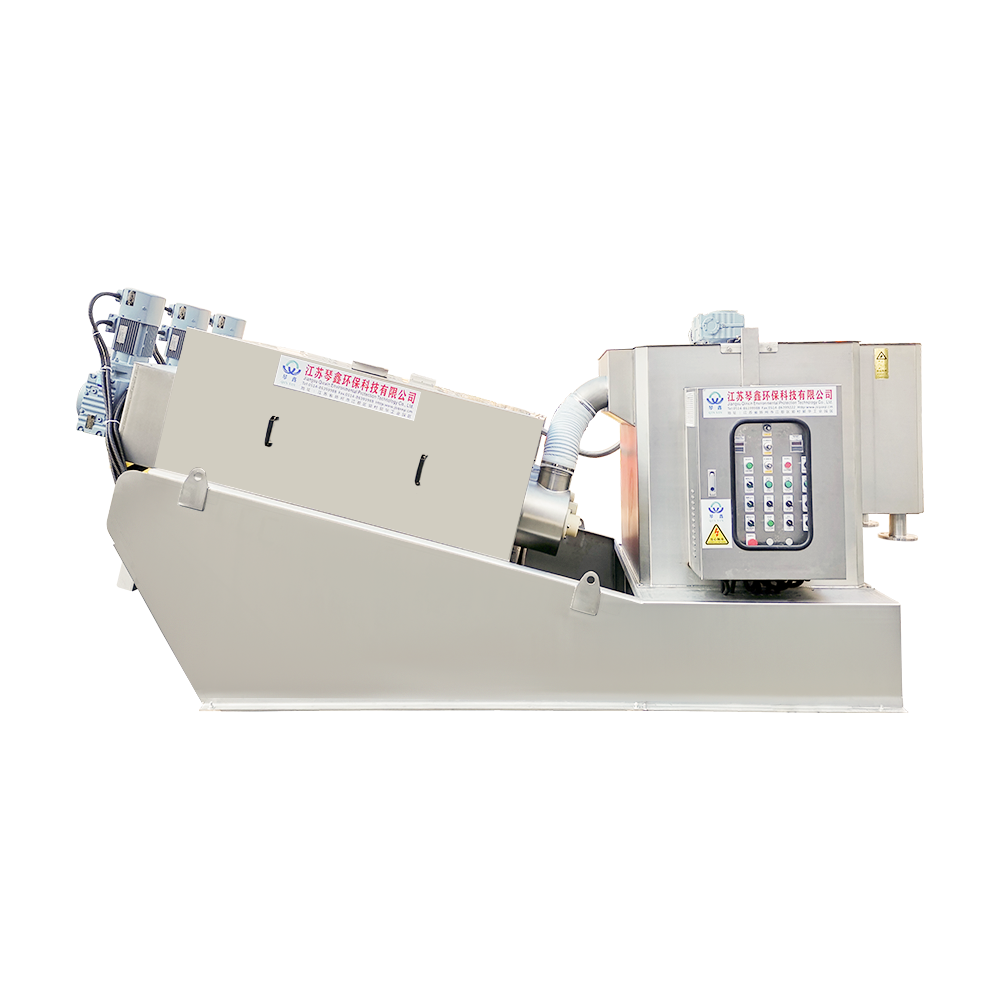
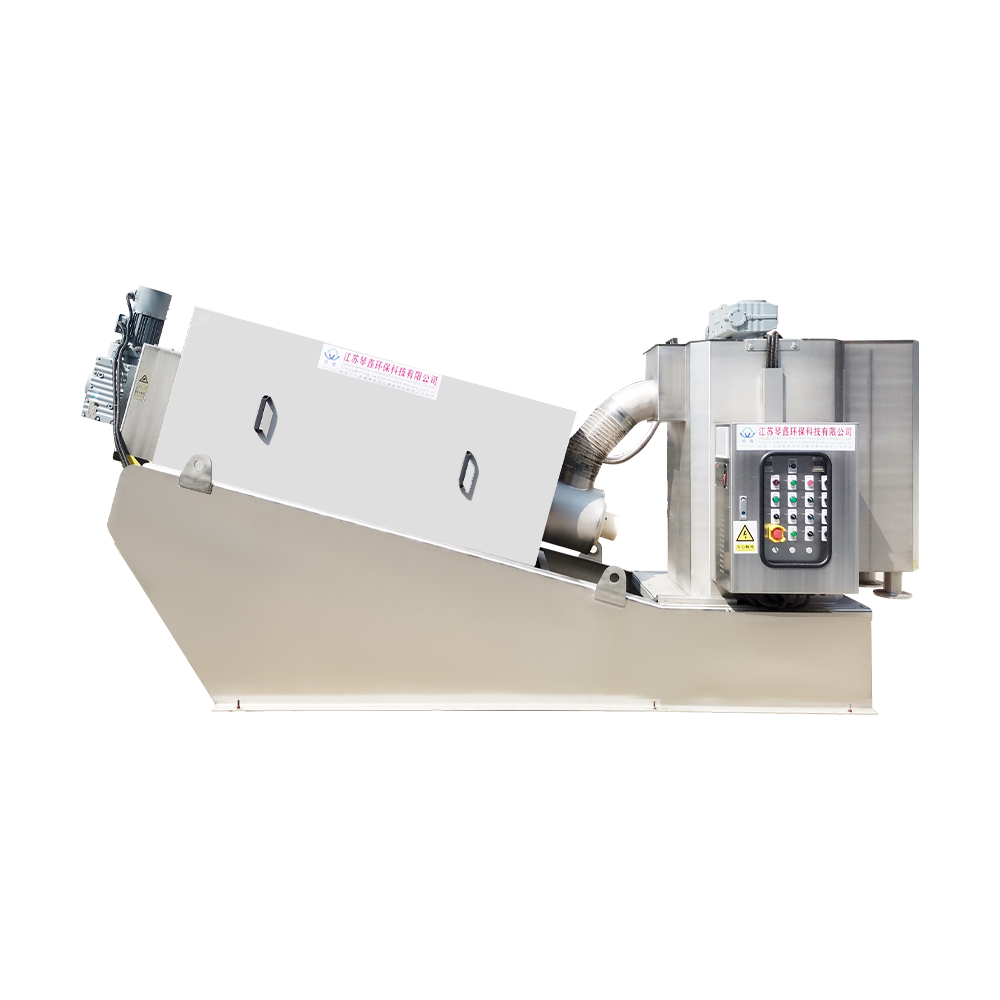
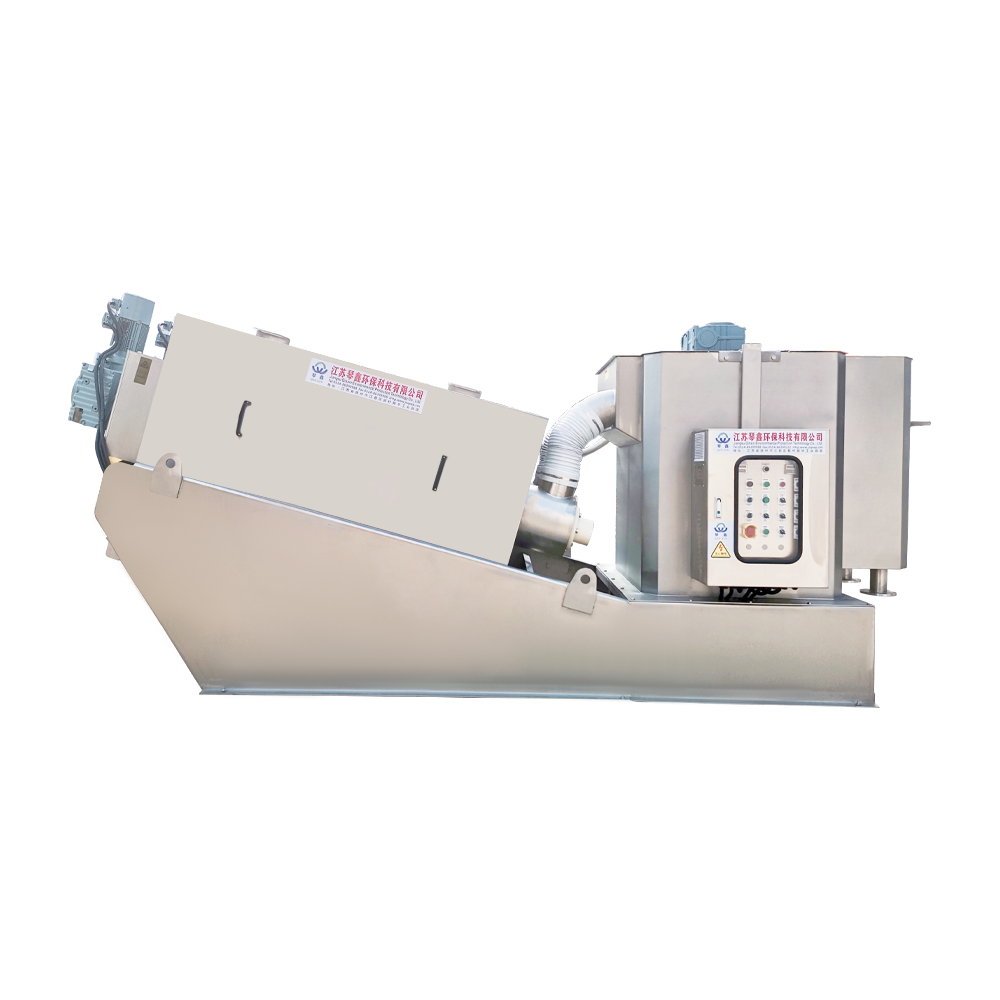
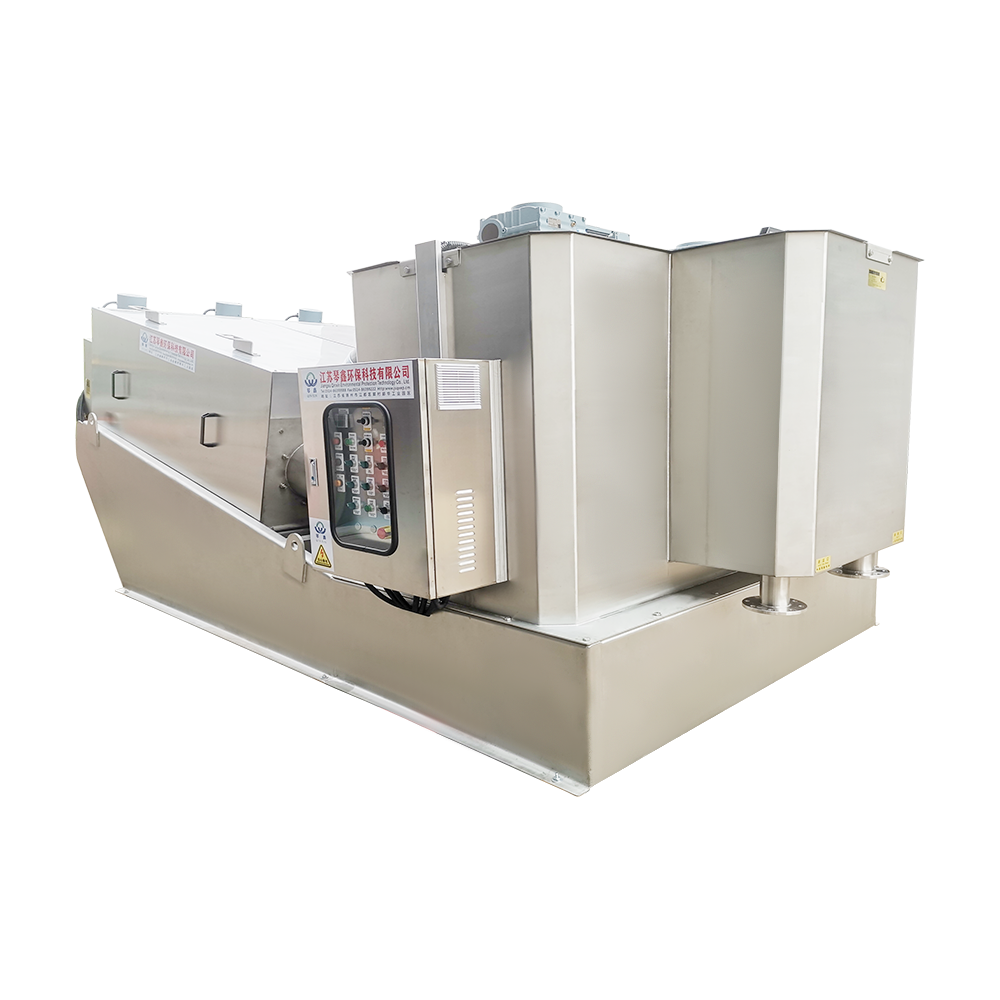
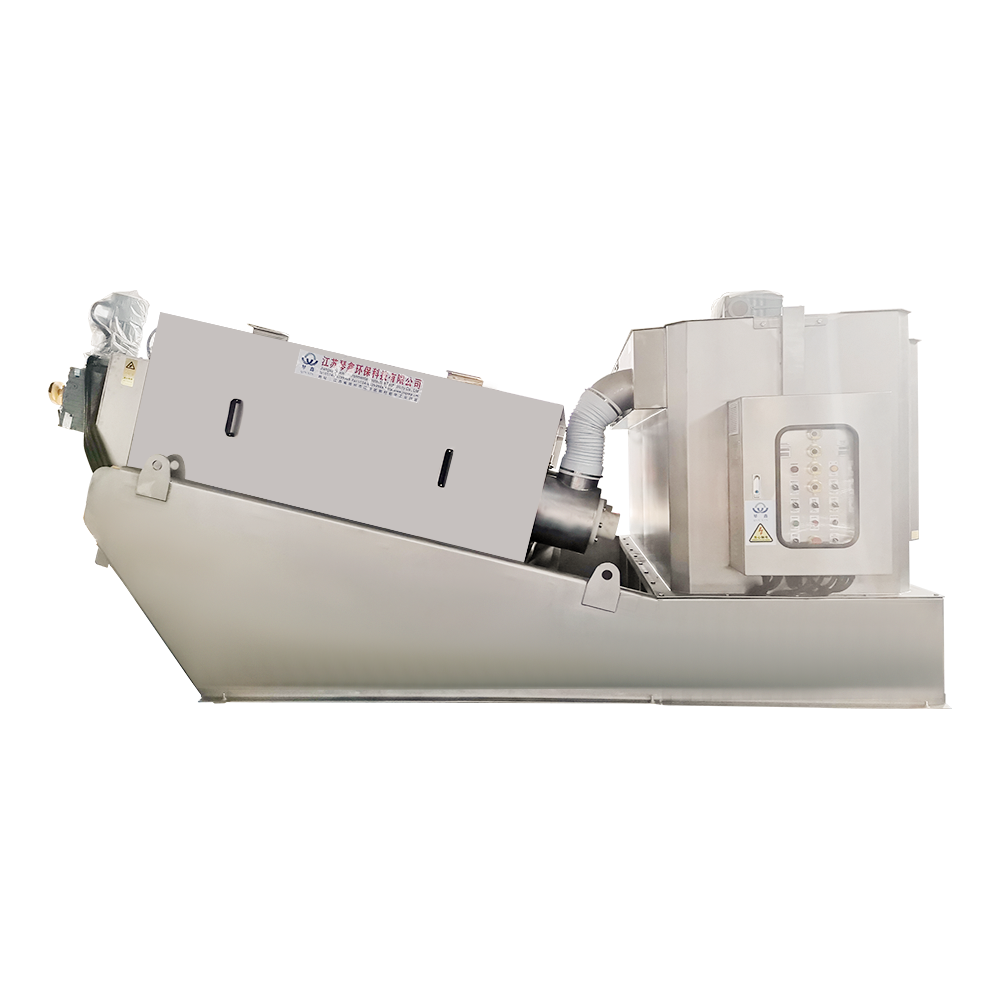
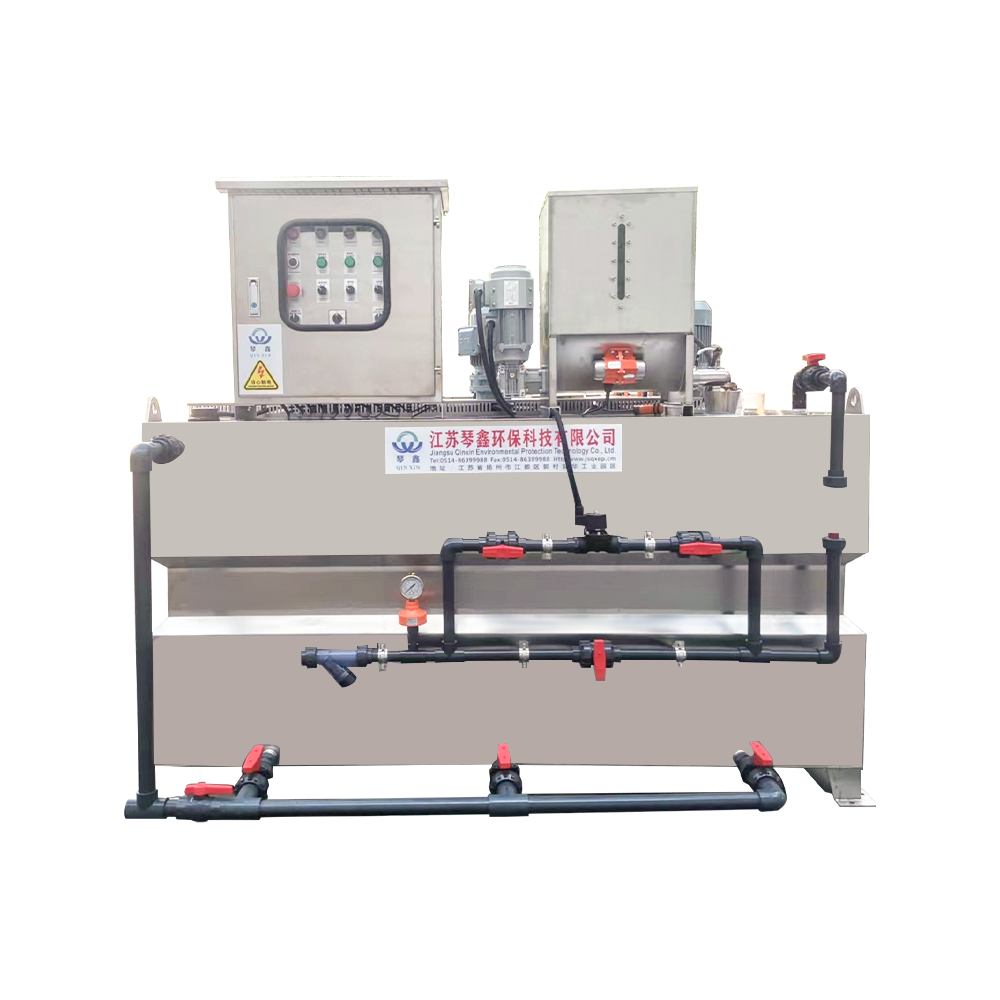

 TOP
TOP